When you start to engage in beadwork, I want to know how and what she woves. This article will answer many of your questions about how to weave leafs from beads, what techniques exist and how to weave certain types of leaves. Well, the main advantage is that you will not only read about these ways in the master class on the leaves of beads, but also you can watch video tutorials about how to weave the leaves.
Popular technique
Well, let's start, perhaps, from the technology "French weaving", it is considered the most popular:
- The first thing to do is be a single end of the wire in the loop, and on the second bisery 8 pieces - it will be considered the first next;
- Next, bend the wire after 15 cm from the loop that you did, insert 4 fingers into the bend and twist dense to the fingers of the loop;
- We are not eight biserin on the wire, as in the first row, and more, and tighten it at an angle of 90 °;
- In the third row, the beads need to score exactly as much as in the second row, and tighten the wire in the same way as in the past row;
- According to this scheme, weave another 4 rows and add beery in each. Having finished the last row, tighten the wire and grind it through several beads (5 for example) of this row, then cut it.
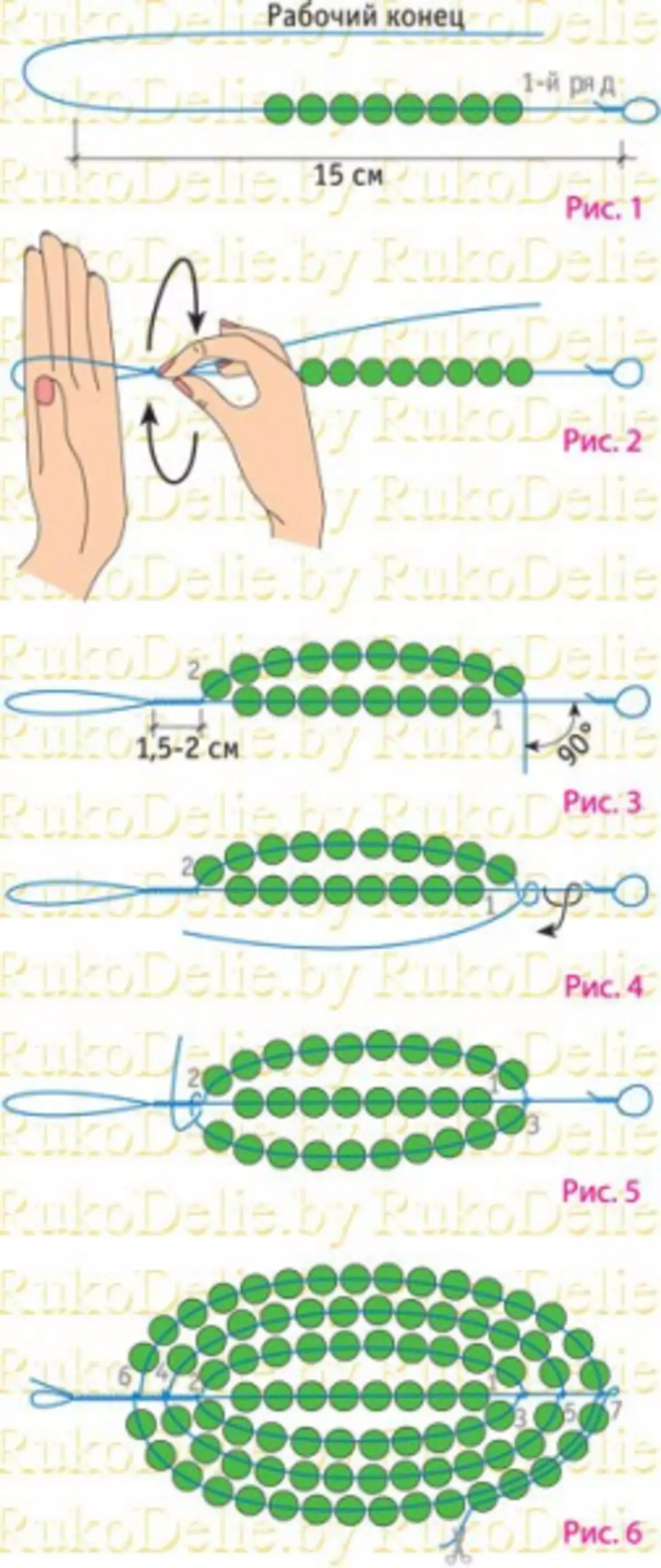
We master the mosaic technique
Leaf round
Essay such a leaf will not be difficult. Such leaves are used in many plants. How to make such beauty? Learn very soon.Dimensions, colors and shapes may vary depending on your desire.
This technique is very simple. Cut a long thread, pinning the first beer, while leaving the tail 10 cm. Hit the required number of beads, it will be the middle veil sheet (see Figure 1-3). Next, following the instructions, (Figure 4-5), pleading until completion, exactly the same on the other side. When finished leaflets, secure the thread, hide the end.
Article on the topic: Travel bag do it yourself
With gear edge
During the turn before the new next, you do not miss the beerin, but you make a thread through it and strip more than a larger. And again stretch the thread into the same bead.
With a twisted edge
Add hinges of three bispers of size number 11 between pairs of beery on the edge of the leaf.With a pointed top
You need to add one bisper during the first row, then stretch the thread through the second, and not through the first.
Curved leaves
Jump the central series bispers and, moving to the beginning, make an increase once in the middle of a row, adding instead of one two beads. Adjust the leaf on this side in each row so two beads instead of one. But the other side of the leaf is different: in the middle, make a dispatch on the bead, passing one. In the next row, add two beads in the place where they gave the past row. And the next row will be like this: stretch the thread through two beads, and in the next add only one bisper in place of two.Composite leaf
Glowing three or five leaves and connect them with square stitch along the bottom edge (which goes the damn). At the same stitches, attach the stalks.
Ivy leaf
In it, too, use French weaving technique. Only here are additionally used two pieces of wires into two axes. In this regard, the sheet automatically becomes stronger.Round shape
This type of leaf is perfect for plants with small leaves, for example, for clover. You can add a fourth sheet or change a little form.
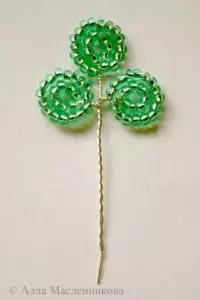
First, make a loop of 5-9 beerin, leave one end short, and the other should be long. Secure the loop, wrapped around the legs. Short wire straightened. The next arc passes along the edge of the first and also needs to be fixed on the leg of a turn of revolutions.
Article on the topic: Openwork track knitting: Schemes and descriptions with photos and videos
Further, perform the length of the wire in the long end of the wire as well as the last sheet, only retreat from the first loop of 0.5-0.8 cm. Perform the required number of second sheet arcs.
If you have retreated enough, the bases of the sheets will be at a certain distance.
Make the right amount of leaves and twist the wire, giving the form.
Autumn leaves
If we study the technique of weaving and successfully pick up the colors, then you can achieve the maximum naturalness of the leaves, you can think, they have just faltered.
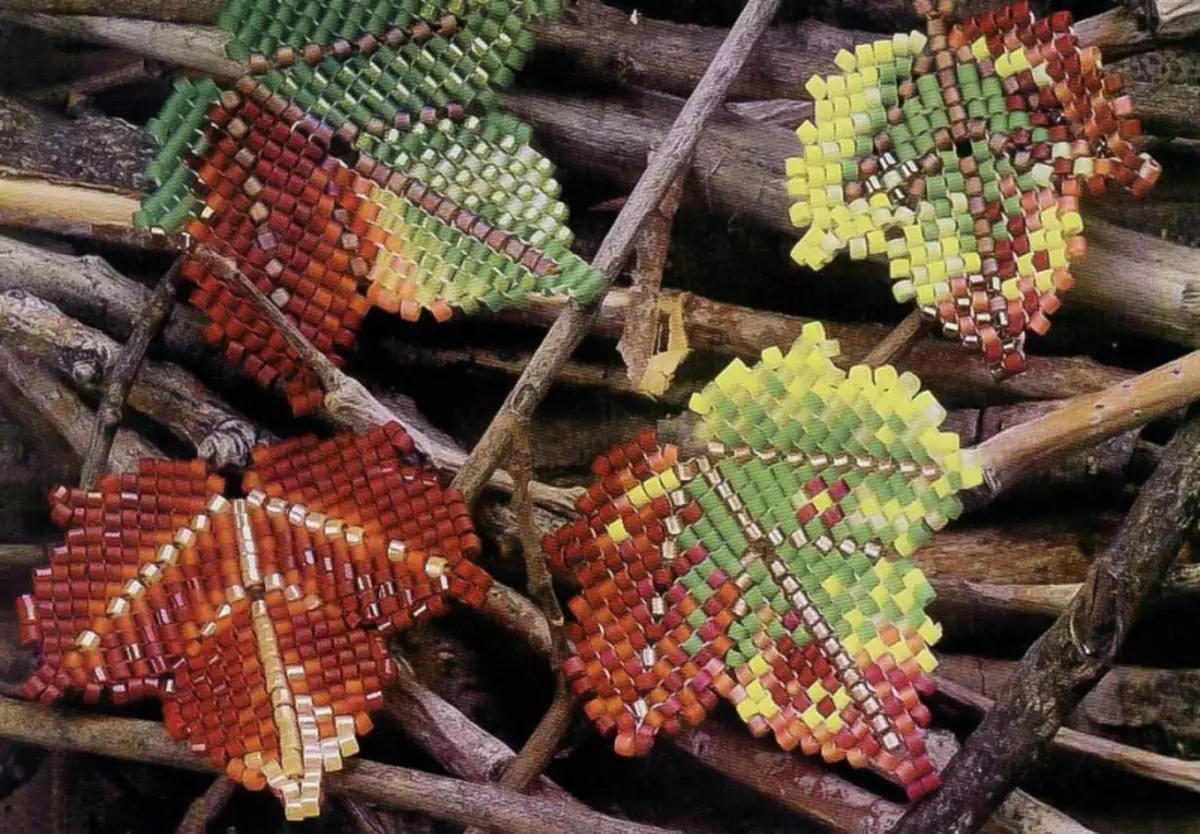
If you know how to weave, then the schemes of autumn leaves will show you how to do it right.
For the manufacture of maple leaves, not so much material is required, only green beads and a fishing line or wire.

Making a maple leaf Start with the fact that we have three bispers on the wire. Further, you need to close the row, leave one bisper on the top, and in two others stretch both ends of the wire towards each other.
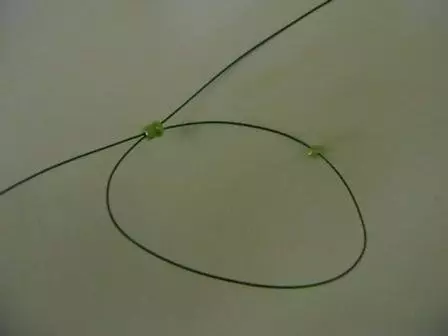
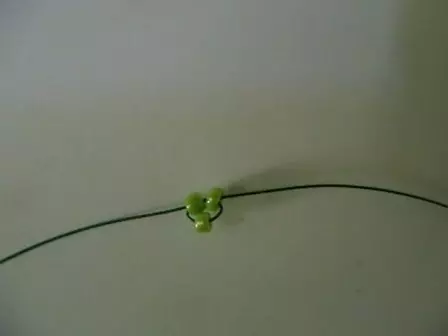
Next, you dial three beads and again pass both wires through them, tighten them. The following series consists of four biserin. And then in the ranks you need to decrease the beads to one. So one fragment of the leaf is ready.
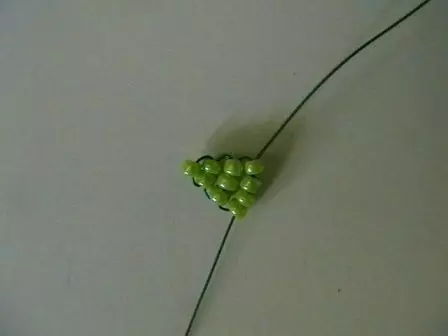
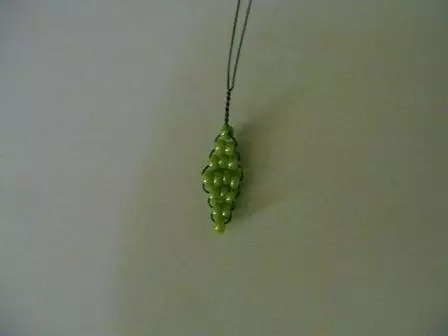
The second fragment must be placed in the same way to 4 rows, and then combined with the first way to sell the wire into the first fragment between 4 and 5 rows, then weave according to the scheme.
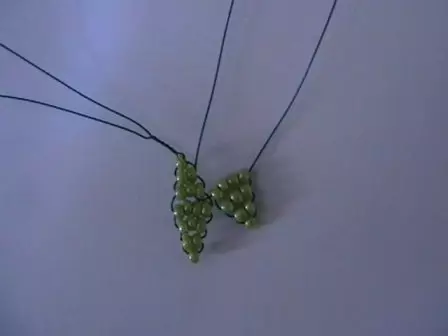
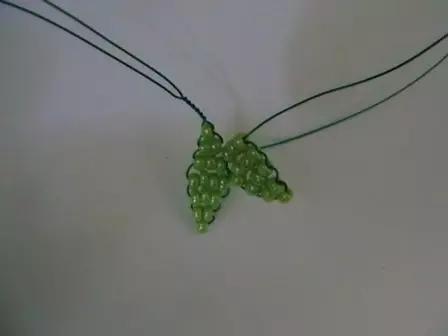
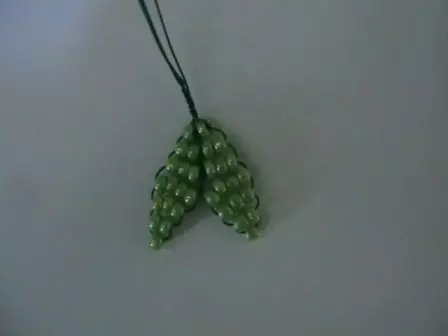
The maple leaf scheme shows that later the lateral fragments of the leaf can be placed, but they smaller on one bisper and secure them at the level of 3 rows.

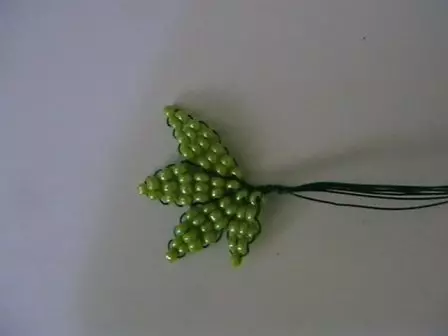
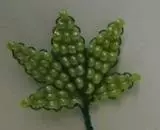
At the very end of manufacture, tighten all the wires, and the leaf is ready!
Video on the topic
And now we invite you to watch a video for the manufacture of leaves:
